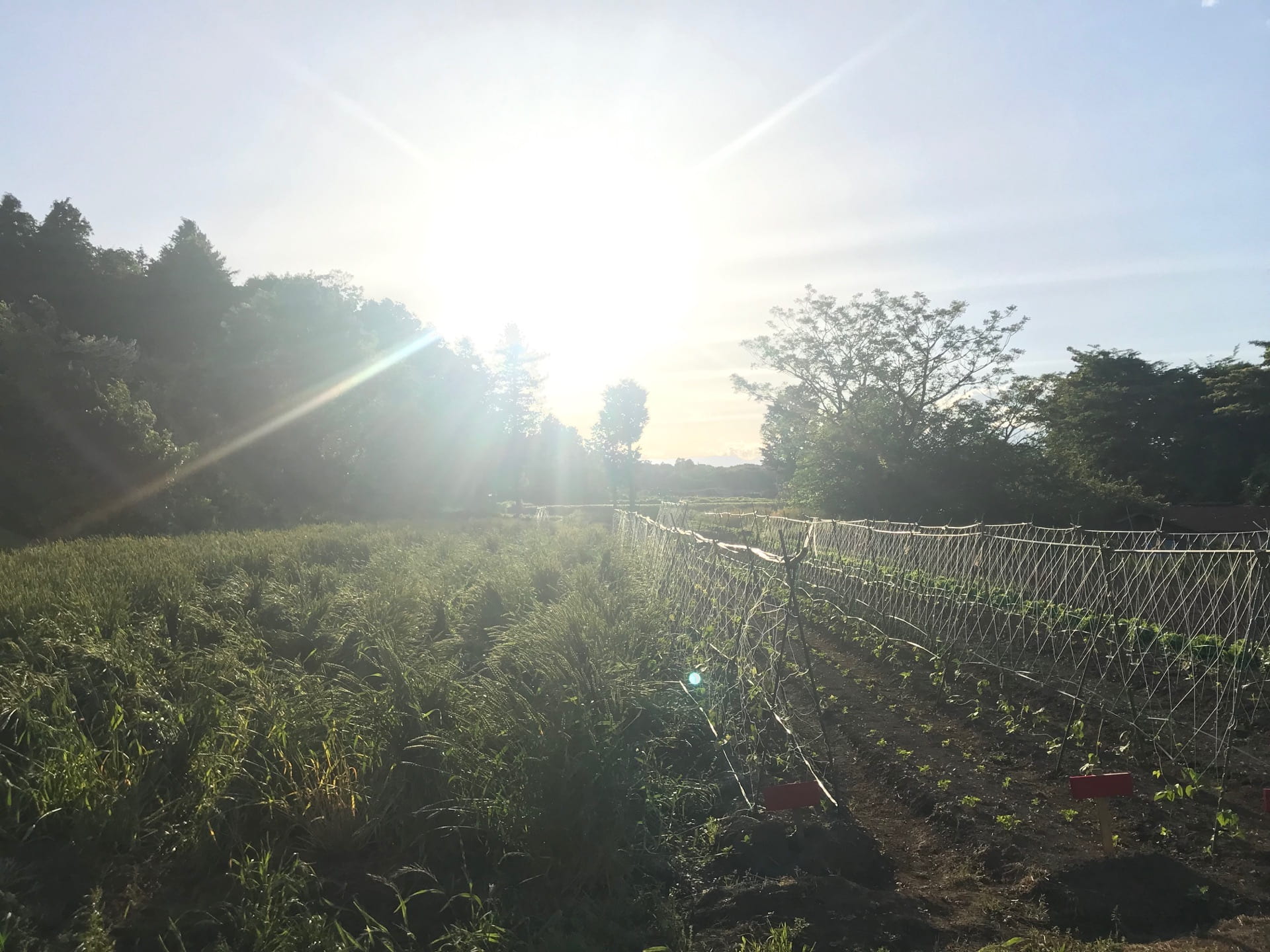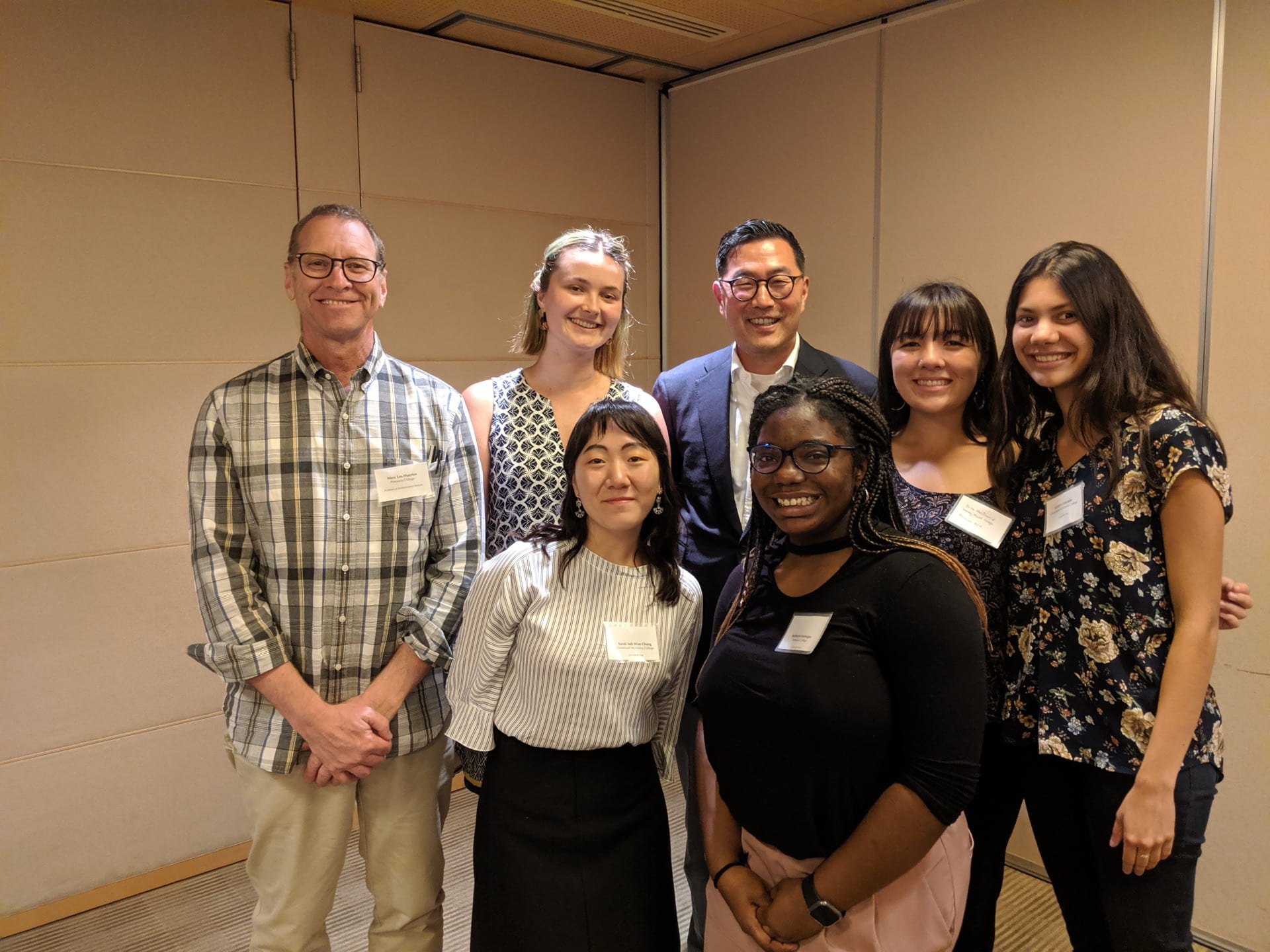Seventeen Claremont students and five faculty participated in the Japan Clinic Trip from May 20 to June 1, 2019. Students were asked to write short reflections about their days. Here Caitlyn Louzado (economics and psychology, CMC ’21) shares musings from her trip. One is from her arrival on May 23 at the Aino Agricultural High School, known as “Ainokoko,” a residential high school in Iga, Japan that teaches sustainable agriculture. The second is from May 30, the second last night of the Trip. Louzado is part of the Food and Rural Issues Lab that studied the carbon footprint of three educational organic farms: Ainokoko, Asia Rural Institute, and the Pomona College organic farm. The Lab is led by Marc Los Huertos (environmental analysis, POM) and Albert Park (history, CMC).
Thursday, 23rd May 2019
We woke up today at 5:30 am, a farm-style wake up with the sun shining in our eyes while we lay on our futons. We arrived at Ainokoko last night and spent the evening observing farm activities performed by the high school students, including picking beans. The site of the rice paddy fields was beautiful and serene with a calm village presence. I was surprised to see a couple of ducks actually in the fields and learned that they were used to turn the soil instead of using chemicals to remove weeds. All the farming is organic and there is no use of pesticides or synthetic fertilizers.
I enjoyed my day at the farm and greatly appreciated the hospitality of the people we interacted with. We interviewed many staffers about how the farm worked. Even though they were busy administrators, they made time for us. The high school students were shy to speak to us, but they all welcomed us very kindly with their smiles and broken English.
The one aspect of Ainokoko that surprised me is how little food waste that they have. After we ate our meals in the dining halls, we had to rinse our own dishes. When I went up to the counter, there wasn’t a space to empty out leftover food! This shows the underlying culture to not waste food. In our consumer-heavy lives, we don’t realize how much we actually need, and how much extra we take and then waste. The first comparison that came to my mind was of Collins Dining Hall at CMC, where almost every plate has food leftover. This is just something small to think about that I could change in my everyday life that would perhaps reduce my own carbon footprint.
Thursday, 30th May, 2019
Our Clinic Trip is almost over and it has been a tremendous learning experience. Taking our theoretical knowledge into an experiential learning setting has taught me much more than what I would have learned just staying in the classroom. Living and participating in the activities at the organic farms we visited gave me different perspectives of Japanese culture that I would not have experienced had I only stayed in the cities.
We have had a busy 10 days, starting early in the morning and not finishing until late, but each day has been full of growth, learning, and putting what we have learned into practice. After we started our data collection, we realized the complexity of calculating the carbon footprint at the farms. However, we still collected as much information that we could through interviews, records, and measurements. I feel that our work is only beginning and hopefully we will have answers in the near future. Having conversations and hearing the opinions of people from different age groups, nationalities, and backgrounds were greatly beneficial both to our research project, as well as to my own understanding of the environment and sustainability.
“Taking our theoretical knowledge into an experiential learning setting has taught me much more than I would have learned just staying in the classroom.” – Caitlyn Louzado (CMC ’21)


